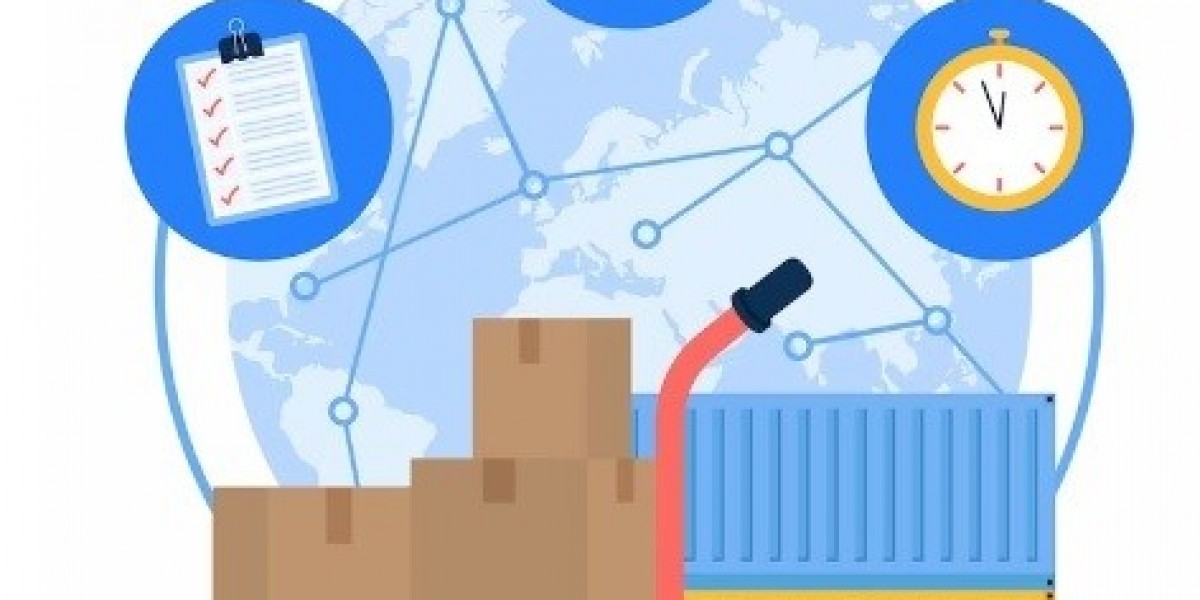https://ebeammachine.com/what-is-direct-metal-laser-sintering/
Direct Metal Laser Sintering (DMLS) is an advanced additive manufacturing technique that transforms digital designs into fully functional metal parts. This technology is at the forefront of industrial innovation, enabling complex geometries and high-performance components across various industries.
What is DMLS?
DMLS is a 3D printing process that uses a high-powered laser to fuse metal powder layer by layer. The process builds intricate and robust metal parts directly from a CAD file without the need for molds or extensive machining. It is a subset of metal additive manufacturing, renowned for its precision and material efficiency.
How DMLS Works
CAD Design: A 3D digital model is created using CAD software.
Powder Layering: A thin layer of metal powder is spread evenly over the build platform.
Laser Fusion: A laser selectively sinters the powder based on the design, solidifying the layer.
Layer Repetition: The process repeats layer by layer until the part is complete.
Post-Processing: The final part undergoes treatments like heat treatment, machining, or polishing for enhanced properties.
Materials Used in DMLS
DMLS supports a variety of metal powders, including:
Stainless Steel: For corrosion resistance and strength.
Titanium: Lightweight with excellent strength-to-weight ratio.
Aluminum: Ideal for lightweight components.
Cobalt-Chrome: Commonly used in medical and dental applications.
Nickel Alloys: For high-temperature resistance in aerospace and energy industries.
Advantages of DMLS
Design Freedom: Enables the production of intricate geometries impossible with traditional manufacturing.
Material Efficiency: Minimizes waste by using only the required material.
Strength and Durability: Produces fully dense parts with mechanical properties similar to or better than traditionally manufactured components.
Customization: Ideal for personalized products in industries like healthcare and jewelry.
Rapid Prototyping: Speeds up the development process, reducing time to market.
Applications of DMLS
1. Aerospace and Defense
Lightweight structural components.
Complex fuel nozzles and heat exchangers.
2. Medical and Dental
Customized implants and prosthetics.
Dental crowns and bridges.
3. Automotive
High-performance engine components.
Lightweight parts for electric vehicles.
4. Industrial Tooling
Durable molds and dies with complex cooling channels.
Challenges of DMLS
High Costs: Initial investment in equipment and materials can be expensive.
Post-Processing Requirements: Additional steps like surface finishing may be needed.
Build Size Limitations: Restricted by the size of the build chamber.
Future of DMLS
As technology evolves, DMLS is becoming more accessible and versatile. Key trends include:
Improved Speed: Faster printing capabilities for mass production.
Material Innovation: Development of new alloys and composites.
Larger Build Volumes: Accommodating bigger parts for industrial applications.
Integration with Smart Manufacturing: Enhanced automation and quality control.
Conclusion
Direct Metal Laser Sintering is redefining the way metal parts are designed and manufactured. Its ability to create complex, high-performance components with minimal waste makes it a cornerstone of modern manufacturing. As DMLS technology continues to advance, its impact on industries ranging from aerospace to healthcare will only grow, driving innovation and efficiency in metal fabrication.









